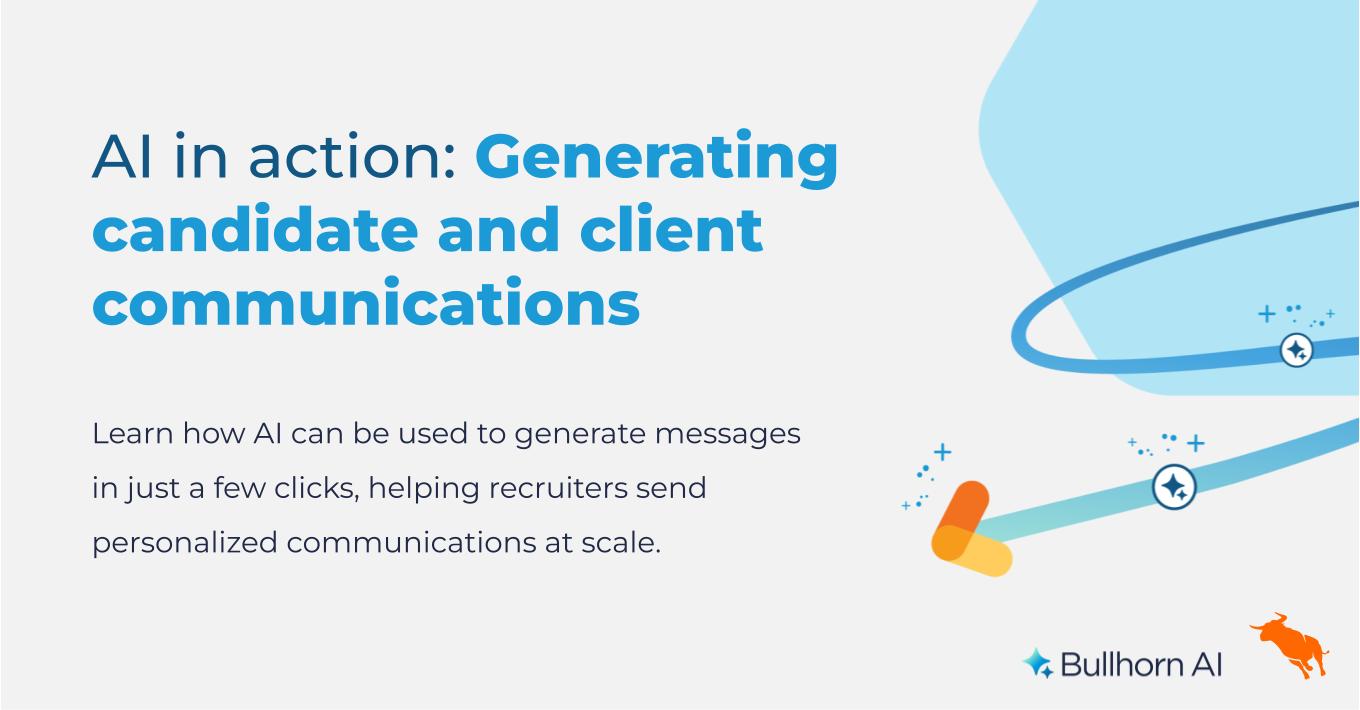Common Customer Onboarding Fails and How to Avoid Them

The signs are often clear: Your new customer purchases your product but never dives into active usage. Or, there’s a big splash in the beginning but then a new client’s product usage drops off sharply. Maybe there are some complaints or negative comments via phone or email. They don’t return your calls or emails as you try to check on what’s happening. Then the confirmation comes: the customer chooses not to renew.
Obviously this customer isn’t happy. What went wrong? In many cases, it probably comes down to incomplete or ineffective onboarding. Customer onboarding sets the tone for the rest of your relationship, and getting it right can mean the difference between a long-term loyal brand evangelist and a disgruntled user that’s inevitably going to churn.
Customer relationships are like any relationships. They often start with great excitement but need communication and ongoing investment to grow and thrive. SaaS (software-as-a-service) companies should focus on solid customer onboarding to ensure that customers will stay for the long haul. Understanding the common pitfalls of customer onboarding can help you avoid mistakes as you work to give your clients the best experience possible and plan for a long and productive partnership together.
Here are five customer onboarding fails that could be undermining your business.
1. Missed Expectations
This is one of the most common onboarding fails. Your sales team might oversell the product or position future planned capabilities the customer actually needs today. Or someone on your customer’s side may have sold their company leadership on the product without really understanding what it does or what problems it solves.
Fortunately, as common as this pitfall is, it’s also one of the easiest to correct. The key is more and better communication on all fronts. Both sides must be clear about expectations for success — how it’s defined and measured, what value looks like to the customer, how ownership and responsibilities are divided between the vendor and customer, and what the path to success looks like. Understanding your customer’s desired result or outcome and being realistic about whether that can be met in an agreed-upon timeframe are vital to ensuring that nobody’s expectations are off the mark.
2. Lack of Analytics
You simply can’t manage your customers effectively without analytics anymore, and you need to be gathering data as part of the customer onboarding process.
Here’s some data you should be capturing:
- Extent to which customers are using the system.
- How they’re using the system. Are they really engaged with it, or simply going through the motions?
- Whether the way they’re using it will help them reach their goals.
- Whether their use is ramping up or staying static — or dropping.
Most importantly, do you have a sense of what your new customer is going to do? The more data you collect, the easier it is to start tracking patterns and gleaning predictive insights from those patterns. Over time, you’ll be able to use customer analytics to determine which customers are more likely to churn — and what you can do to stop that from happening.
3. Too Much Information
When you have a game-changing solution, it’s easy to get excited about it. But this can lead to overwhelming your customer with too many details that aren’t immediately relevant, or trying to ramp them up too quickly on all the bells and whistles in your solution. They might decide it’s all just too much for them and they don’t have the time, energy or resources to learn the ins and outs of what you can offer, so they stop using the solution entirely.
One of the easiest ways to cut through too much information is to agree on your customer’s top business goal and then lay out a path to achieve it, using only the necessary product capabilities to get to that outcome. Knocking out a quick win in the early days of your relationship helps get buy-in from everyone involved on the customer side and builds the trust you’ll need to establish a long-term relationship. There will still be plenty of time for them to get into the details of your product when they’re familiar with the great things it can do. Once they experience the value of your solution, they’ll be ready to ramp up and invest more time.
4. Customer Service That Misses the Mark
When customers have questions or issues with your product, they expect quick access to the answers they need, which means everyone on your team needs to be ready.
How quickly do you respond to customers? Are you proactive with support, not just reactive? Is your team thinking about the big picture of overall customer success, and not just the more narrow viewpoint of technical product support?
Does everyone on your team know what the milestones on the onboarding path to success are and what they’re expected to do when a new customer signs up? They may be dropping the ball when it comes to customer communication or “the next step” to ensure customers are successful and/or a pilot turns into a long-term contract. If your people don’t understand the path to success and how to guide customers through each key milestone, it’s going to fail.
Define a step-by-step process for customer onboarding. Set interim milestones on the path to success and create an internal agreement on what defines a successfully onboarded customer. As with any customer experience, it’s vital you make the first impression a positive one, both in your software and with your support team.
Start out on the right foot by building a “welcome aboard” process that includes a friendly email, a link to your software, a wizard or tutorial that walks the customer through the first steps of using the product, and information about who to contact if they have questions. This will require coordinating app/UX design, communications, customer support and success resources. Establishing a process will ensure everyone is on the same page and all the work gets done.
5. Assuming There’s an End
The term “onboarding” can imply there’s a point at which you don’t need to worry about getting your customer on board anymore — once they’re along for the ride and “onboarded,” they’re with you no matter what. This leads to a dead-end experience for your customer, when in reality your relationship should be just beginning. Your customer then loses out on the growth and learning that your product offers, and you could lose out on a customer.
The thing is, you always need to be looking at usage, engagement, communication and customer service. Initial SaaS deployments are often pilots or small focused departmental initiatives that are hoped and expected to be successful in order to turn into a broader deployment. But if your customer gets skeptical at any point in those early days, they may wonder if they made the right decision. Further growth in the account could be blunted. If they stay unhappy for a year, they won’t renew, so you lose the lifetime value of the customer you expected.
Many of these fails may require big cultural changes inside your organization if you’re going to avoid them. You need to hire the right people and put them in the right positions, establish systems and processes that make these fails impossible, and align metrics so everyone understands the mission of onboarding and their role in the overall process. If you’re starting to see some warning signs, it may be time for you to revisit these points and see where you can make improvements. Your business may depend on it.
Learn how Bullhorn Pulse gives companies the customer insights you need to build powerful, long-lasting relationships.








